In today’s era of digital marketing, advertisers have access to innovative tools and platforms, which enable them to provide Internet users with more personalized ads. Furthermore, in exchange for such helpful and free service, people do not mind sharing a little bit of personal information as it helps them find
Uncategorized
In February of this year, the Washington Business Journal reported the US Government appointed its first Chief Data Scientist, DJ Patil. With this, I think it’s now safe to say that Data Science is officially sanctioned as new mode in organizations. Those that can apply the necessary finesse along with

In the Cold War techno-thriller WarGames, a marine monitoring a nuclear missile silo deep under the Nevada desert sees a red warning light blink on his console. “Just flick it with your finger,” his colleague tells him. He does, and the bulb goes out. Problem solved. But what will their

Am 24. März wurde Release 12 der statistischen Desktop Software von SAS Institute veröffentlicht. Neben erweiterten statistischen Analysemöglichkeiten und Datenaufbereitung, die man schließlich von solcher Software erwartet, haben die Entwickler um John Sall einige Hilfsfunktionen eingebaut, die wenig spektakulär daherkommen aber wesentlich zur Erleichterung der Arbeit mit Daten beitragen können.

Do you ever have stress dreams? You know, where you’re taking an exam for which you haven’t studied, or you’re forced to wait tables in a sea of angry restaurant customers? For many of us, the stress nightmare of the modern era involves trying to make sense of a never-ending
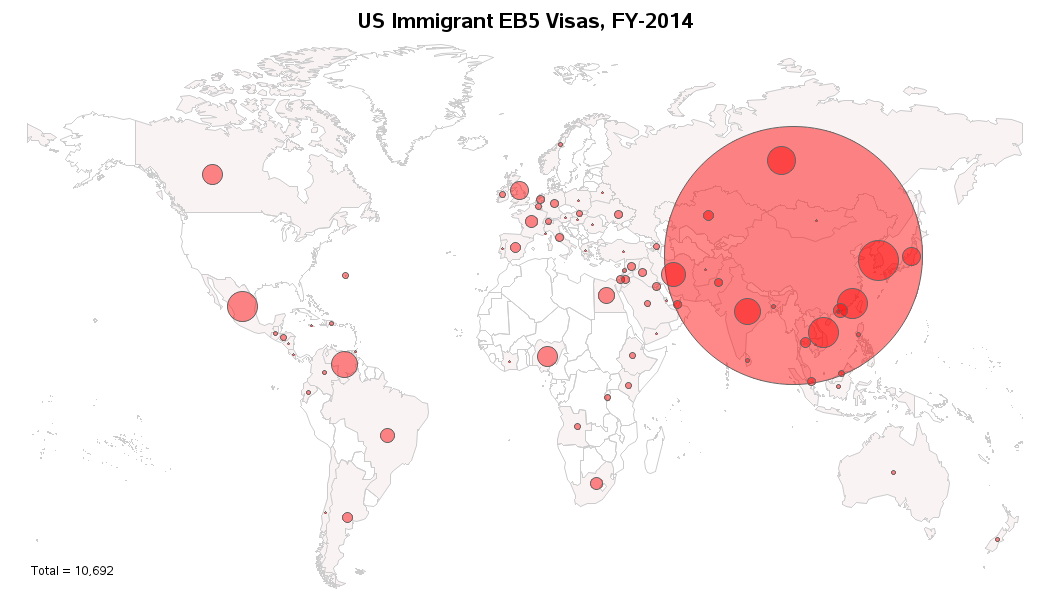
Having spent many years in graduate school, and living in the Research Triangle Park (RTP) in North Carolina, I have a lot of friends from other countries. Therefore when I recently saw some stories & graphs about EB-5 visas (where you invest a cool half-million US $ to bypass the
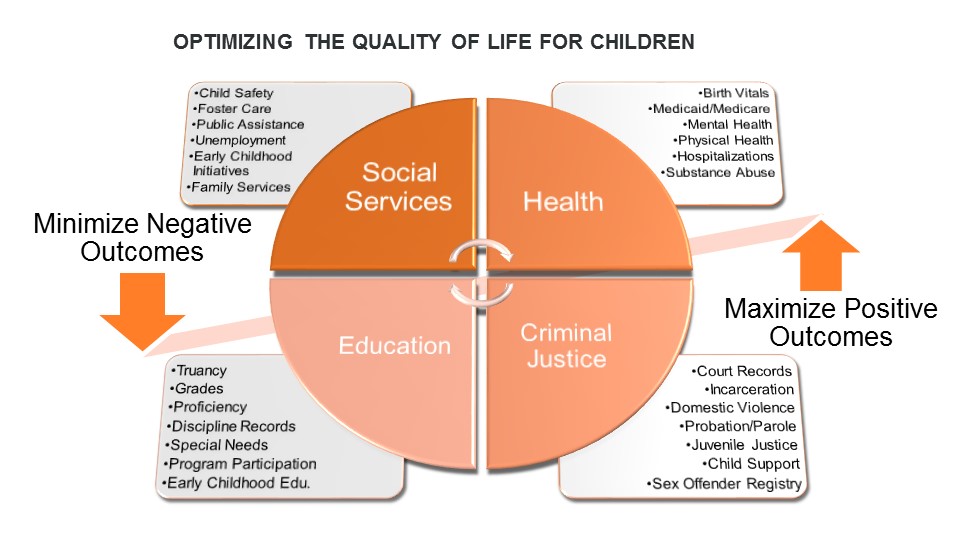
March is national Social Work Month and this year the National Association of Social Workers celebrates its 60th anniversary of facilitating positive social changes and improving the lives of individuals and families. Social work is a profession that considers the needs of others every day. Individuals who dedicate themselves to
Bei der Herstellung von hochauflösenden Flüssigkristallanzeigen (engl. lyquid cristal display, LCD) werden chromophore Farbpigmente auf Nanometergröße gemahlen und dann weiterverarbeitet. Dieser Mahlprozess ist teuer. Ein Erkennen und Bestätigen der Hauptursachen für eine kürzere Mahlzeit sind somit zeit- und kostenkritisch. Doch wie geht man vor, wenn man aufgrund starker Wechselwirkungen (ein
Have you ever peered intently into an unfamiliar data delivery directory, realized what was in it, rolled over onto your side, stared blankly into the distance, and dejectedly uttered something akin to: "Spreadsheets! Why did it have to be spreadsheets?" If so, then we are definitely on the same page.

Jim Harris says the question of who owns big data is no longer an esoteric concept – it's a frequently debated topic.

In a noisy distribution environment, hotels are in significant danger of becoming commoditized. Differentiating themselves not only from the competition, but from the third party distributors, will be crucial to maintaining a competitive edge, or even just maintaining profitability. In an effort to connect better with guests, most hotel companies
Recently I have been out speaking with a number of organizations about the idea of the innovation lab concept , which I discussed in a previous blog post, as the way to unleash the power of big data and make even the largest of companies as agile as a startup. During my
20. Januar 2015 im Schweizer Kanton Graubünden: Mehr als 2.500 Personen aus 140 Ländern - führende Wirtschaftsexperten, Politiker und Intellektuelle - kommen in Davos zusammen. Vier Tage lang diskutieren Sie über aktuelle globale Fragen der Wirtschafts-, Umwelt- und Gesundheitspolitik. Analytics: das Top-Thema der CEOs
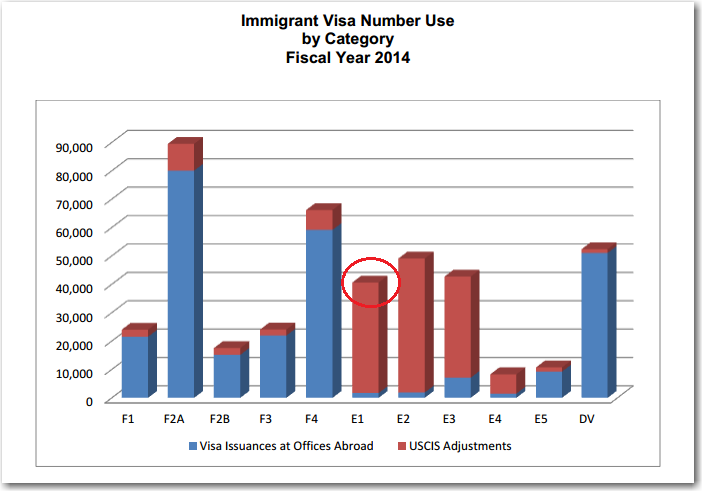
Everyone loves a good conspiracy theory - hopefully you'll enjoy mine about the number of US E1 visas! I was perusing some of the US government charts, and found one on US immigration visas that caught my attention. It was a 3D bar chart, and since I always mistrust 3D
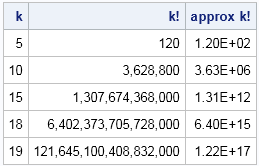
There's "big," and then there is "factorial big." If you have k items, the number of permutations is "k factorial," which is written as k!. The factorial function gets big fast. For example, the value of k! for several values of k is shown in the following table. You can

Increasingly, automotive executives want to talk about the "Art of the Possible" in analytics. So we took the opportunity to invite leaders around the industry to an Automotive Analytics Executive Roundtable to share their stories and spark new ideas. A myriad of diverse speakers covered a variety of topics on big data/Hadoop, the
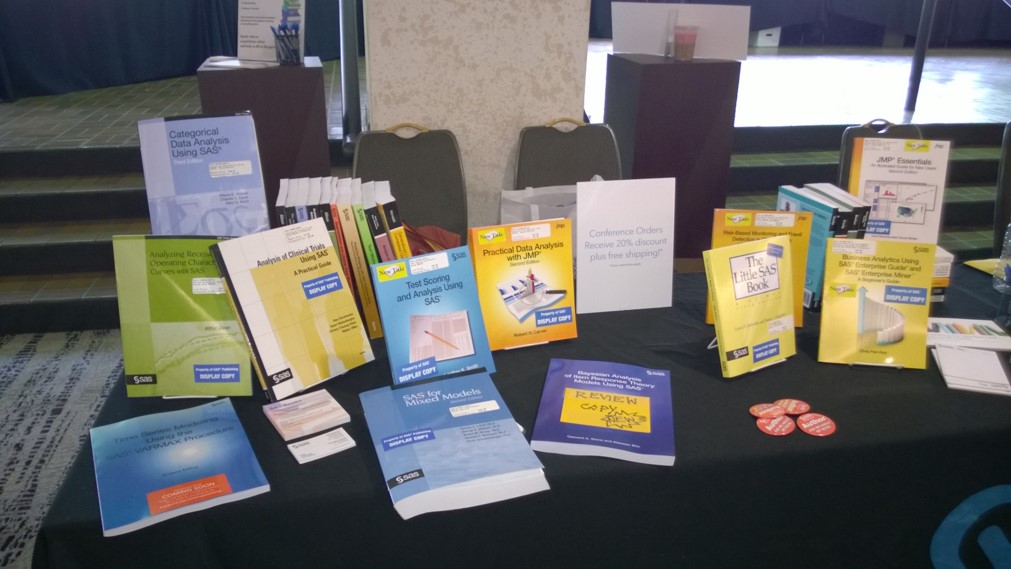
We had a lot of books at the ENAR 2015 Spring Meeting in Miami last week, but these were the top three bestsellers. Analysis of Observational Healthcare Data using SAS by Douglas E. Faries, Robert L. Obenchain, Josep Maria Haro, and Andrew C. Leon Survival Analysis Using SAS®: A Practical
Warum? Big Data ist das Innovationsschlagwort der Stunde, und ohne Analytics werden wir dieser Datenmenge in Zahlen oder Texten nicht Herr. Viele Unternehmen nähern sich in ersten kleinen Schritten dem Thema, aber konkrete Umsetzungen hinken noch immer den technischen Möglichkeiten hinterher. Analytics in der Cloud scheint die Lösung zu sein.
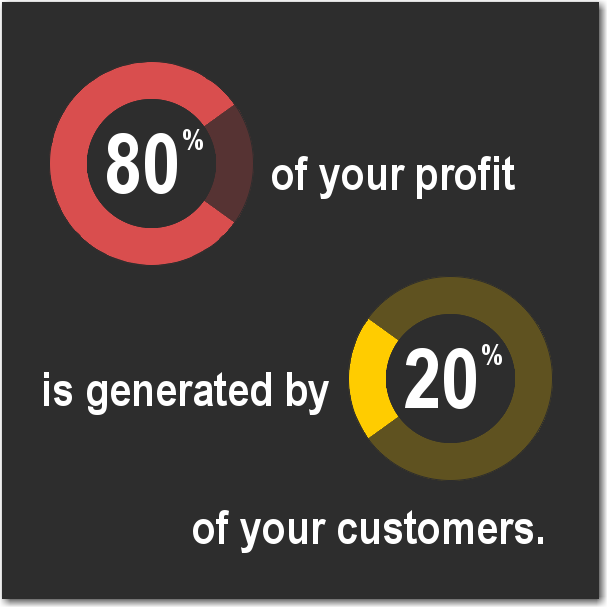
The best graphs are both beautiful and informative - a smooth blend of art and analytics. But more often than not, the two collide rather than blending smoothly... Here is a link to a artistic infographic I recently saw posted by Vendavo on twitter. Their message (80% of your profit is generated
Forget about Big Volume, for my money the real value in Big Data comes from its variety. Why? Because just as there is “Value in the Network” when it comes to your business ecosystem, your data can be "networked" for value in much the same way. Before we dive into the business implications
I've been in many bands over the years- from rock to jazz to orchestra - and each brings with it a different maturity, skill level, attitude, and challenge. Rock is arguably the easiest (and the most fun!) to play, as it involves the least members, lowest skill level, a goodly amount of drama, and the
Adoption of Hadoop, a low-cost open source platform used for processing and storing massive amounts of data, has exploded by almost 60 percent in the last two years alone according to Gartner. One primary use case for Hadoop is as a data lake – a vast store of raw, minimally processed data. But, in many ways, because
The title of this article makes no sense. How can the number of elements (in fact, the number of anything!) not be a whole number? In fact, it can't. However, the title refers to the fact that you might compute a quantity that ought to be an integer, but is
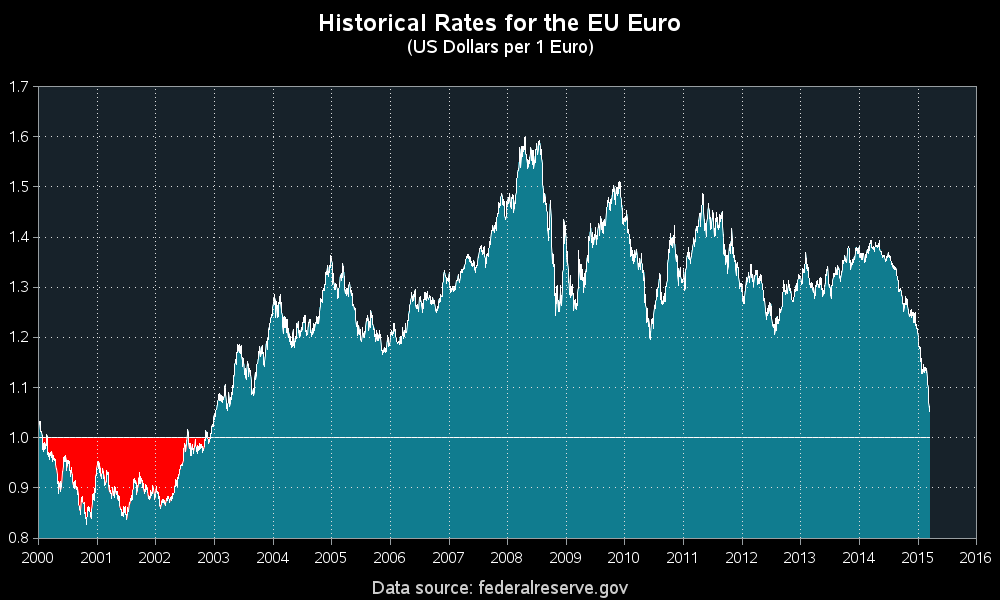
I recently read a Washington Post article about the euro versus the dollar, and I wanted to analyze the data myself to see whether the article was simply stating the facts, or "sensationalizing" things. The washingtonpost.com article started with the headline, "This is historic: The dollar will soon be worth
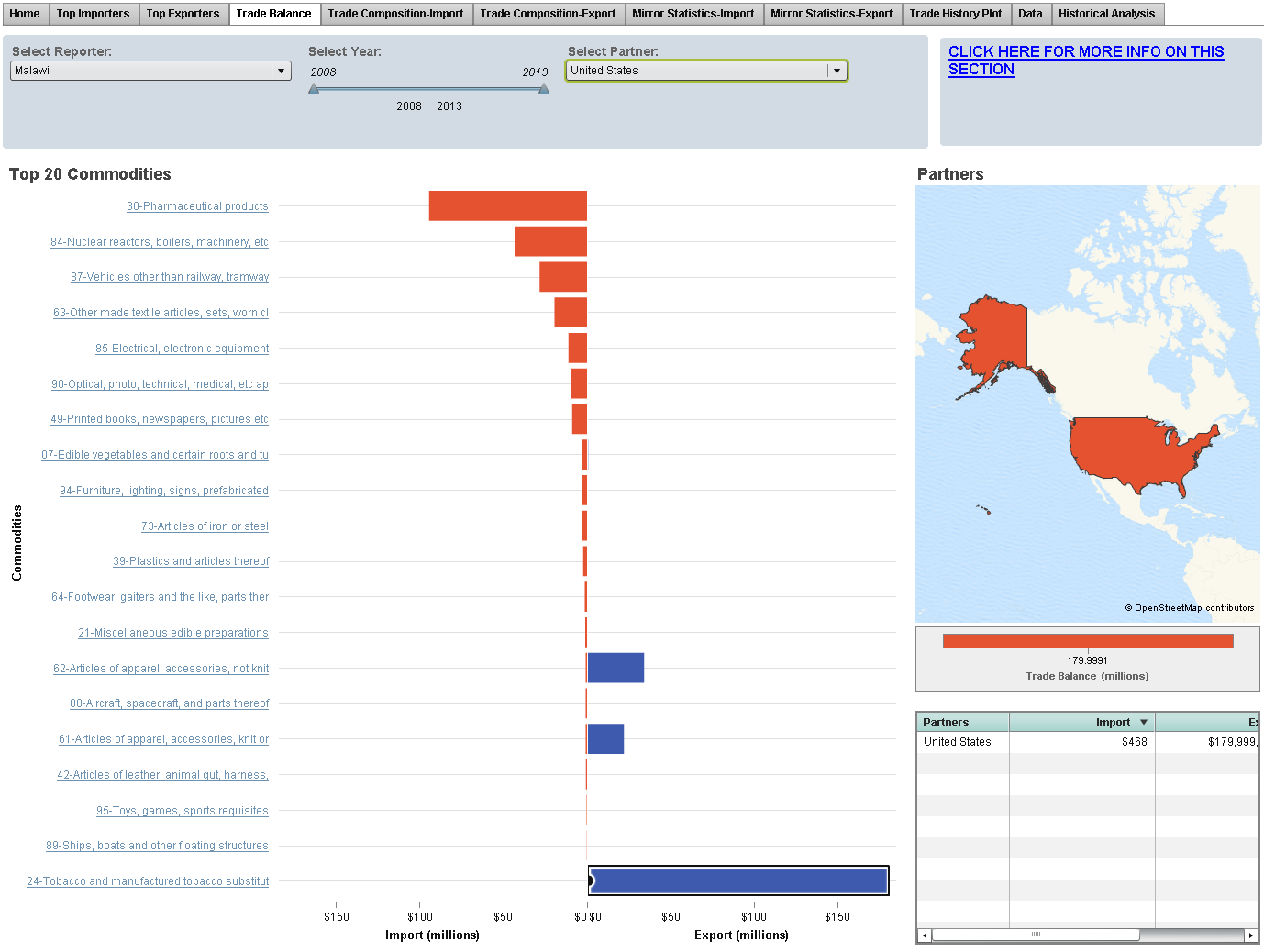
Did you know the US-Malawi trade relationship is based almost entirely on tobacco? Or that apparel & accessories drive Morocco & Tunisia exports while their North African neighbors rely on oil? The United Nations Statistics Division collects detailed international trade data from more than 200 countries on the import and
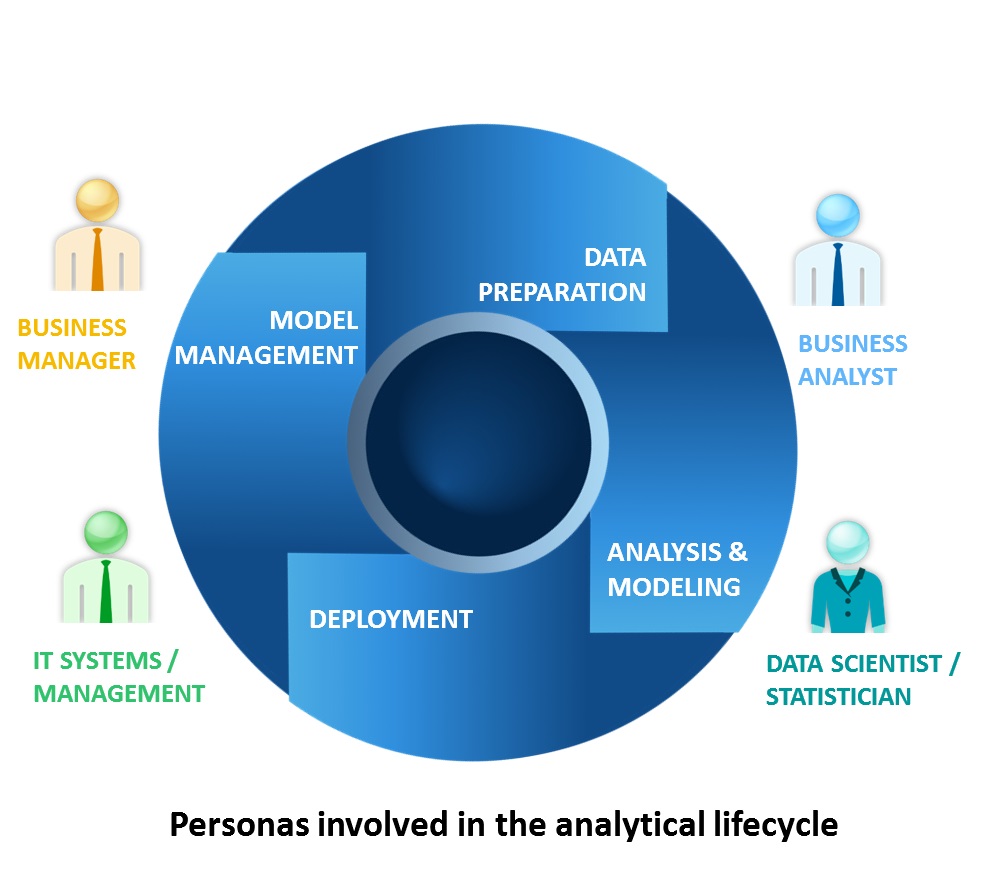
Advances in technology, evolution of the distribution channels, demographic shift, economic conditions and regulations changes. How does an insurer prioritize all these seemingly competing goals and create sustainable competitive advantage. One answer is analytics. Many insurance companies are just beginning to take steps toward becoming an “analytic insurer” – one
SAS und Hadoop: Immer mehr Unternehmen stellen Überlegungen zum Einsatz von Hadoop als Framework für verteiltes Speichern und Verarbeiten großer Datenmengen an. Gerade für das Speichern von un- oder semistrukturierten Daten wie soziale Medien, Blogs, Foren, Online-Shops oder maschinengenerierte Sensordaten bietet sich diese Plattform an. Natürlich besteht häufig der Wunsch,
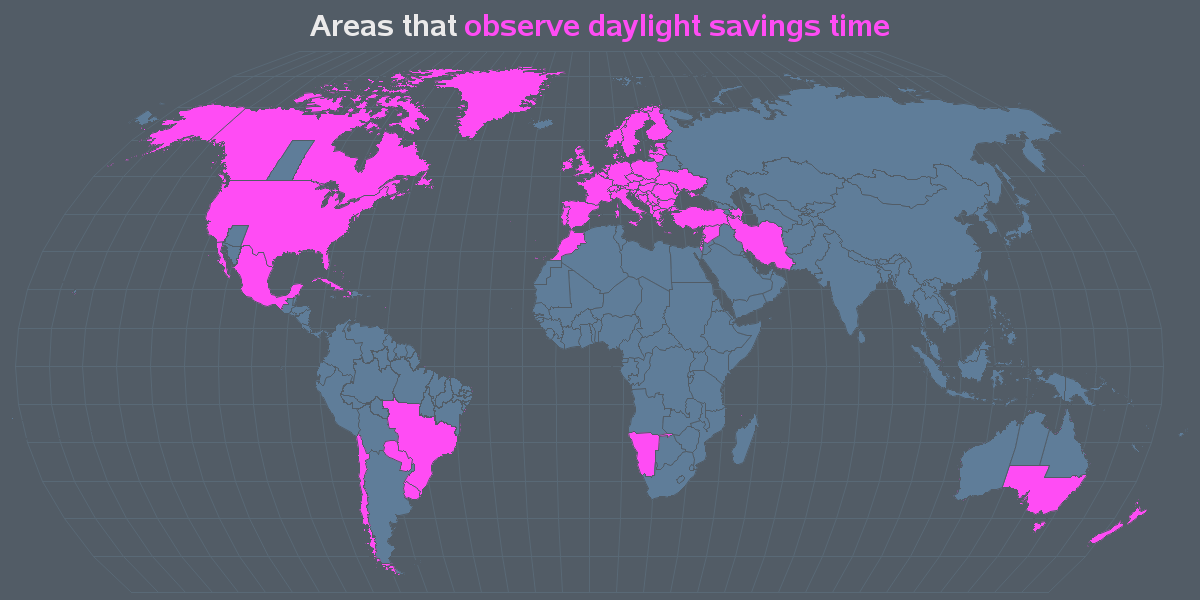
Is daylight saving time the ultimate in efficiency, or is it living a lie? Here are some graphs that might help facilitate a discussion on this topic ... With daylight saving time (DST), a whole geo/political area (such as a country) decides to set their clocks forward an hour during

Fraud is a growing problem for businesses – and one of the biggest threats comes from an organisation’s own employees. In many countries, the incidence of internal fraud is rising. According to the Credit Industry Fraud Avoidance System (CIFAS), in the UK alone there was an 18 percent rise in the total
One thing that always puzzled me when starting out with data quality management was just how difficult it was to obtain management buy-in. I've spoken before on this blog of the times I've witnessed considerable financial losses attributed to poor quality met with a shrug of management shoulders in terms






















